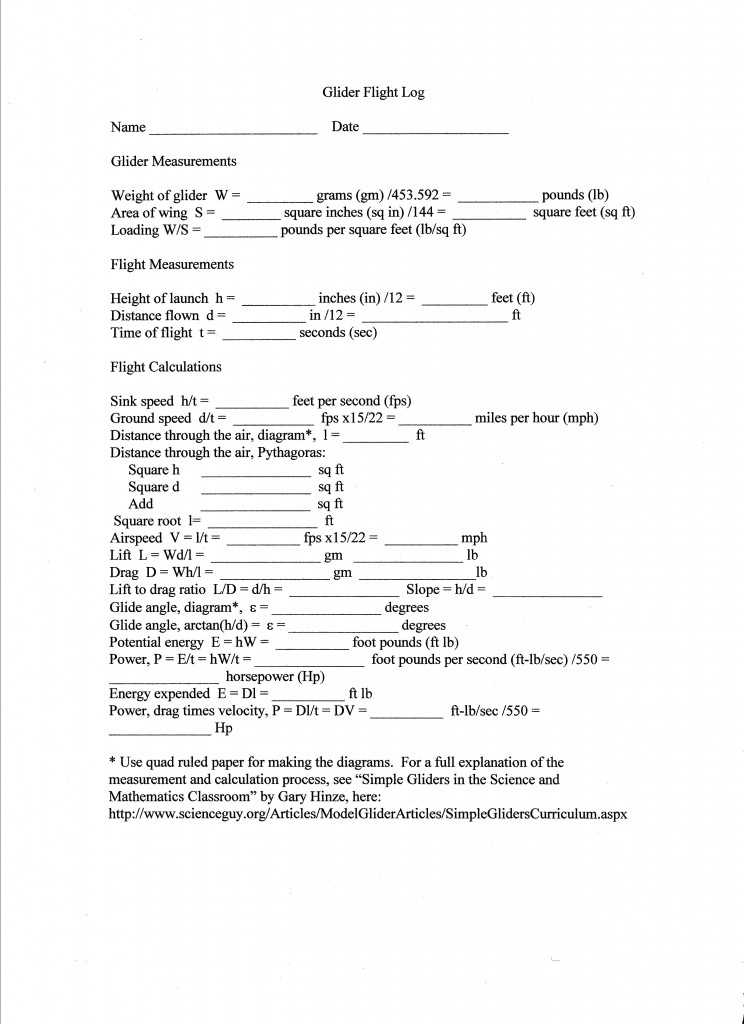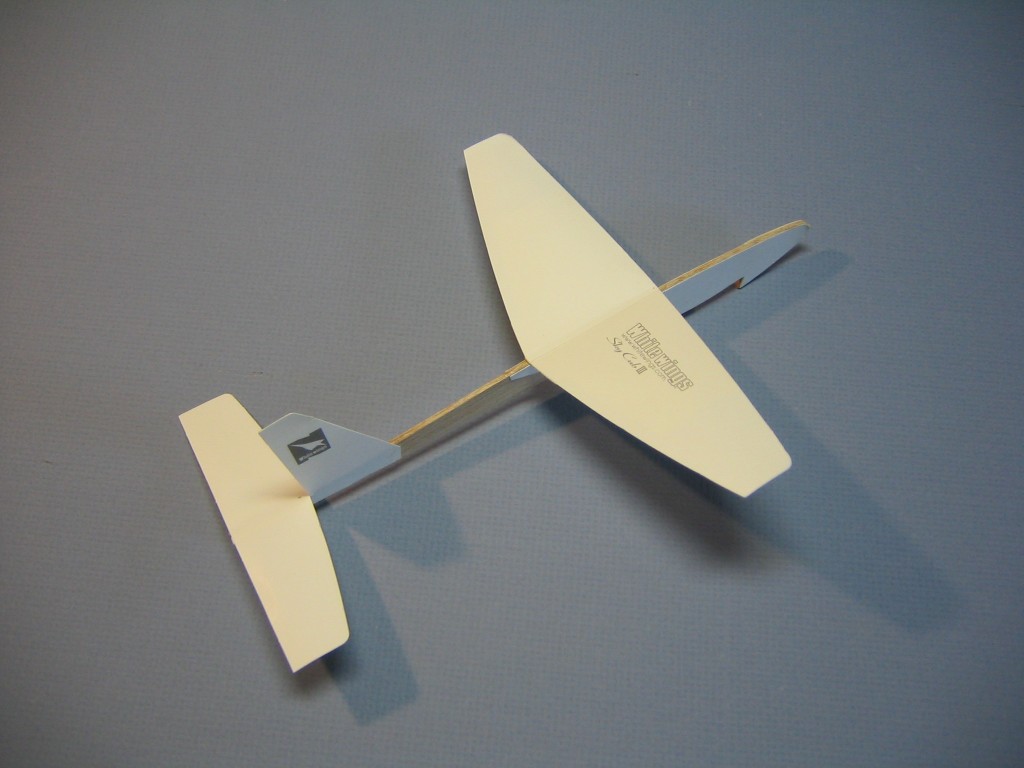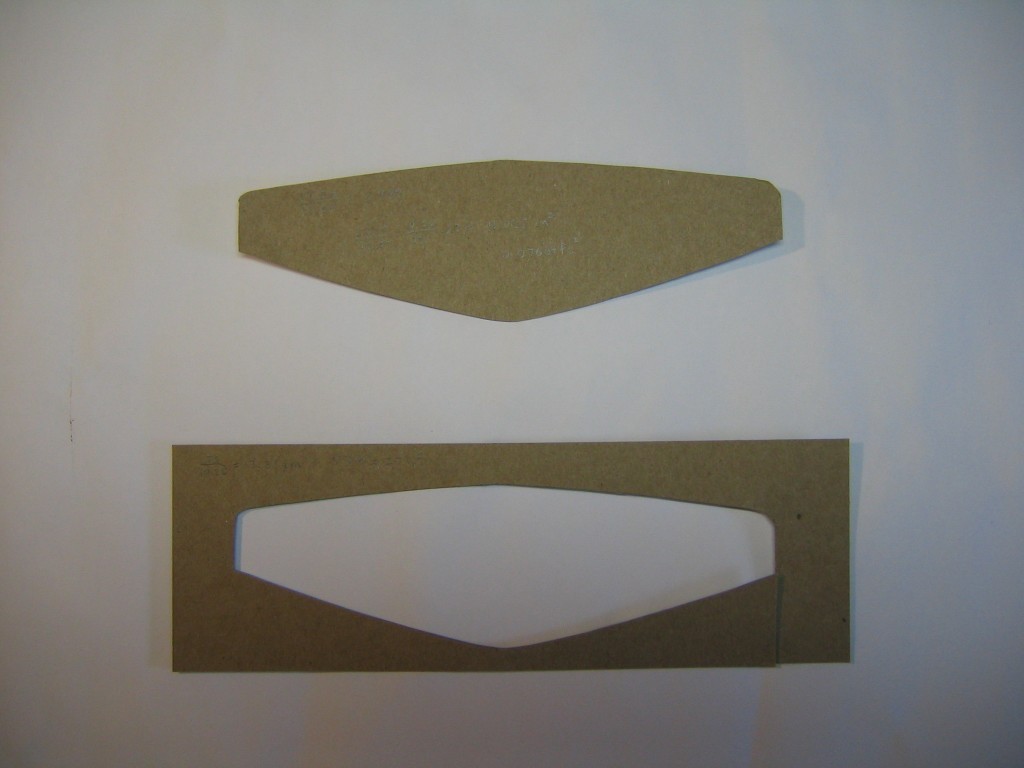My essay “Simple Gliders in the Science and Mathematics Curriculum” is on Bill Kuhl’s Delta Dart page. I prepared this form on which the kids can record their flight measurements and calculations. You can copy and print as many as you need for yourself or your class.
This enables kids to measure and calculate basic engineering performance parameters of their gliders, such as wing loading, sink speed, airspeed, lift, drag, lift to drag ratio and power. All are common terminology in the aviation field. This provides a practical, hands on appreciation for what those terms mean. All of the calculations are explained in the referenced essay. I have included the conversion factors on this sheet for ease of reference. The form should be accompanied by a sheet of quad ruled paper.
Those of us with experience teaching model aviation know that lecture should be kept to a minimum, not more than a couple minutes of talking at a time. The emphasis should be on the activity of making the flights and measurements, then making the diagrams and calculating the results. That can be done instructionally, by explaining each step, blending lecture and activity.
I have prepared a second page for calculating lift and drag coefficients.
This goes beyond the scope of my original essay. It is a little more abstract, complex and adds only three parameters. If the kids are enthusiastic, go with it. If they seem uninterested, drop it. There is enough explanation provided on the sheet that the more interested kids can do it at home. They will have made and recorded all the needed measurements in the class, on the first sheet.
This is an activity that should be done inside, in still air, over a horizontal floor. A Gym or auditorium is a good place. The gliders will descend from a raised hand, so a high ceiling is not necessary, but a long path is. A long hallway could be used. The planes will need to be trimmed to fly straight for this activity.
This activity requires for the group: gram scale, 8′ tape, 100′ tape, stopwatch.
Multiple sets will allow completion of the measuring part more quickly. It will reduce the amount of down time for each kid and keep their minds from wandering too far. Several adult helpers can facilitate the measuring process, or some kids can help others. It will likely take more than a few attempts for the kids to get a good, straight, steady, recordable flight.
Each kid should have available, even if it means sharing some with a lab partner: Flight Log form, quad ruled paper, pencil (bring a pencil sharpener), ruler, protractor, calculator.
The calculator should have the arctan function on it, or copies of a tangent or arctangent table should be available. This is necessary only for calculating the glide angle. That can also be measured with the protractor from the flight path diagram. Calculators without arctan will suffice for all the other calculations. (All calculations could be done on a slide rule. Anybody else remember those?)
Our recent class used Whitewings Sky Cub III paper gliders. One glider weighed 6.1 grams. The wing area is 11.04 square inches = 0.07664 square feet. Those numbers are probably good to 3 significant figures.
The wing area was determined by weighing a 3″ x 9″ rectangle of cardboard, tracing the wing onto the card, cutting out the pattern and weighing it. The areas are in the same ratio as the weights. I also calculated it from measurements of root chord, tip chord and span. The result is 10.53 square inches. The edges are slightly convex. If you get a chance, you might run one of these yourself. Use any small glider you have, even a folded paper plane or FPG-9.
Gary Hinze




Hello
thank you Gray for this really useful article…It is great..
I’m aerospace student but learn many things from this article..
thanks,Davoud